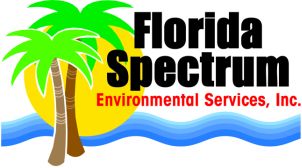| Description |
Fecal Coliform Membrane Filter Procedure
|
|---|
| Method |
SM9222D
|
|---|
| Method Summary |
A sample of water is filtered through a 0.45 μm sterile membrane filter. The membrane is placed on a selective medium (mFC), incubated at 44.5°C submerged in a water bath, and presumptive fecal coliform colonies are enumerated. These presumptive fecal coliform colonies are then subjected to verification procedures and the confirmed count is reported.
|
|---|
Link to the National Library of Medicine's Toxicology
Database for more references
|
Scope and Application |
The membrane filter technique is extremely useful in monitoring drinking water and a variety of environmental waters. Troubleshooting water quality problems or identifying coliform breakthrough in low concentrations from treatment barriers can also be performed using this method.
|
| Fecal Coliform Organisms |
Fecal coliform bacteria are a subset of the total coliform group which are fecal-specific in origin and members of the family Enterobacteriacae. A fecal coliform is a facultatively-anaerobic, rod-shaped, gram-negative, non-sporulating bacterium. Fecal coliforms are capable of growth in the presence of bile salts or similar surface agents, are oxidase negative, and produce acid and gas from lactose within 48 hours at 44 ± 0.5°C. For recreational waters, this group was the primary bacteria indicator until relatively recently, when EPA began recommending E. coli and enterococci as better indicators of health risk from water contact. Fecal coliforms are still being used in many states as the indicator bacteria. The presence of fecal coliform indicates that water may be contaminated by human or animal wastes.
|
|---|
| Result Interpretation |
CFU/100 mL = Colony Forming Units in 100 mL of Sample
|
|---|


